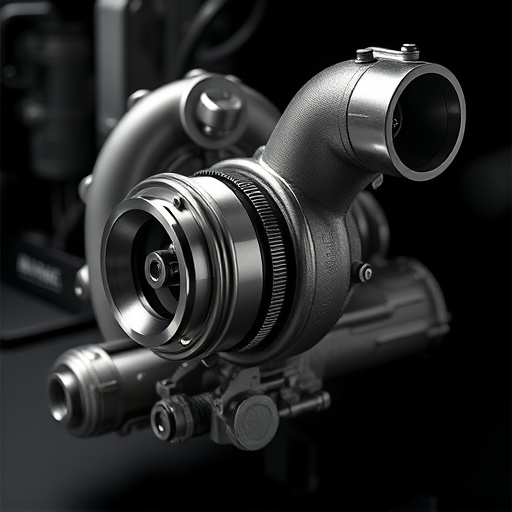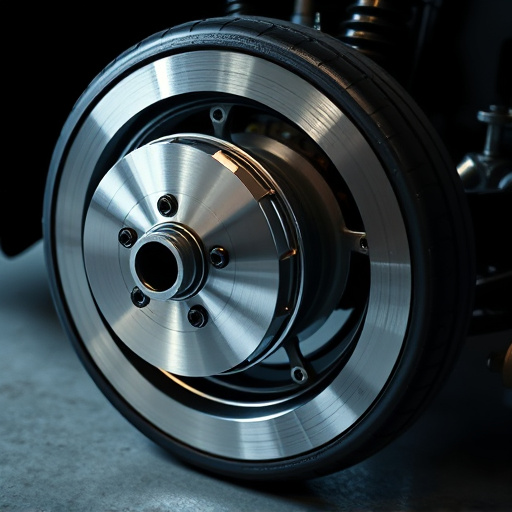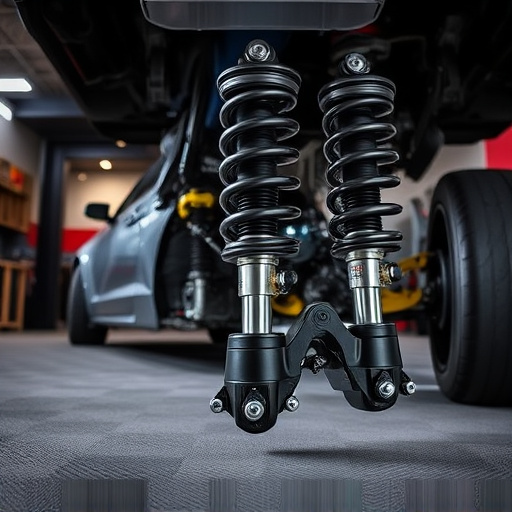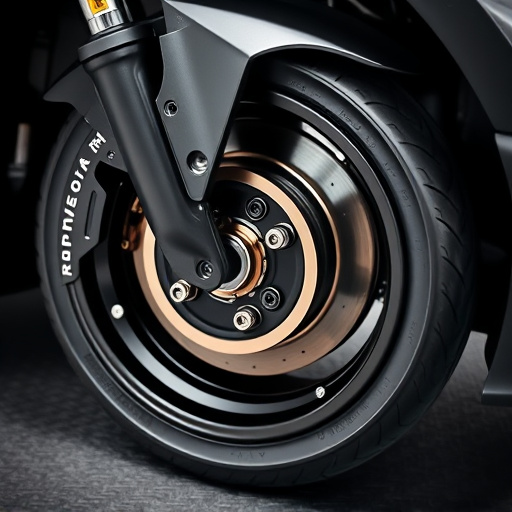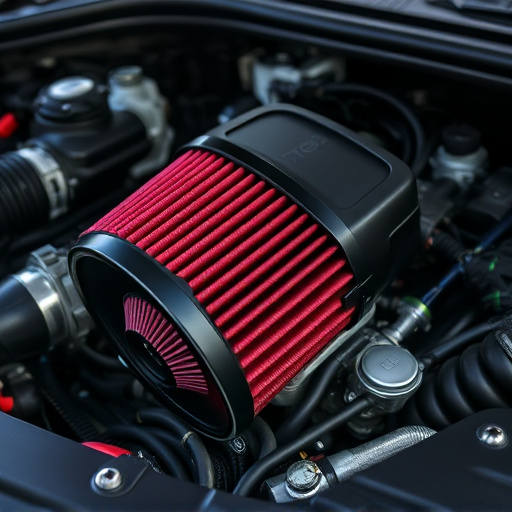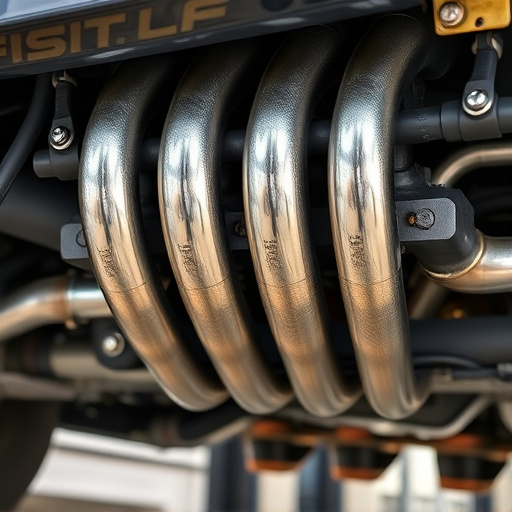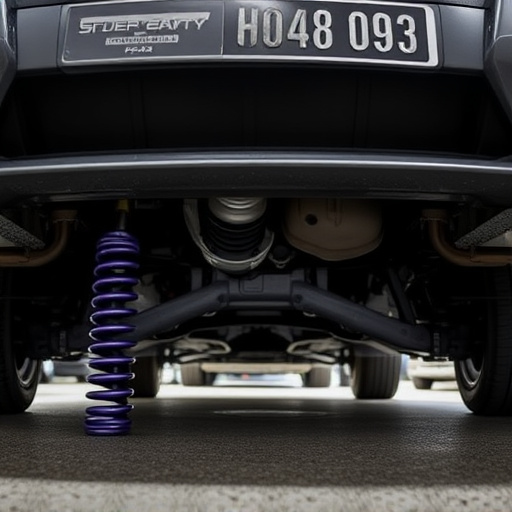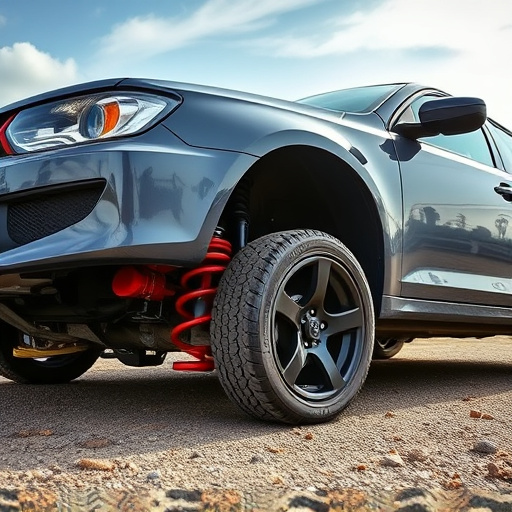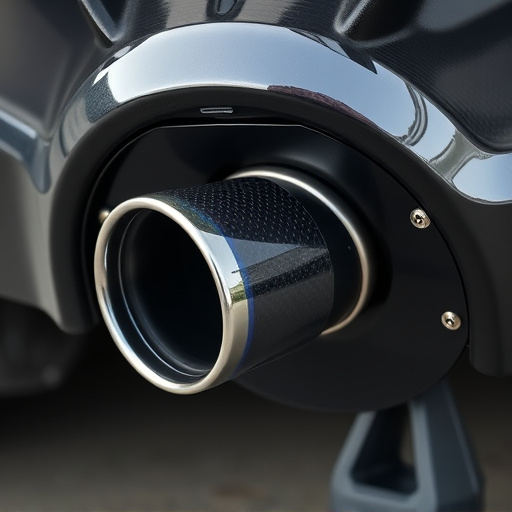A Cold Air Intake (CAI) filter boosts engine power by drawing in cooler, denser air for better combustion, delivering up to 15% more power and improved throttle response. To install a CAI like a pro, locate the air intake box under the hood, disconnect the battery, remove old filters, clean components, lower in securely with clamps, reattach covers, check connections for leaks, ensure fastenings are tight, then test vehicle performance under various conditions to confirm its benefits.
Upgrade your vehicle’s performance with a cold air intake (CAI) filter—a simple yet effective modification. This guide will walk you through installing one like a pro, covering all essential aspects. First, we’ll break down the components and benefits of a CAI, helping you understand its impact on engine efficiency. Then, follow our step-by-step installation process for optimal results. Finally, learn how to perform post-installation checks to ensure a seamless upgrade. Get ready to breathe new life into your engine with this cost-effective performance booster.
- Understanding Your Cold Air Intake Filter: Components and Benefits
- Step-by-Step Guide: Installation Process for Optimal Performance
- Post-Installation Checks: Ensuring a Seamless Upgrade
Understanding Your Cold Air Intake Filter: Components and Benefits
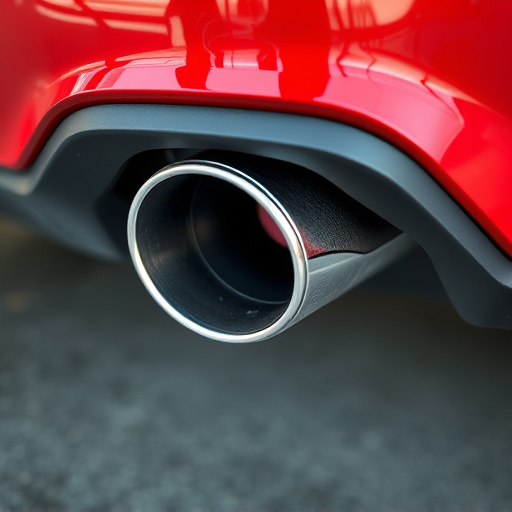
A cold air intake filter (CAI) is a crucial component that enhances engine performance and efficiency. It’s designed to draw in cooler, denser air from outside the vehicle, providing fuel-air mixture with higher oxygen content for combustion. The CAI typically consists of several parts, including an air box, filter media, and mounting hardware. Modern CAIs often incorporate innovative designs, such as ram air or direct-fit installations, for optimal airflow.
Understanding how a CAI works and its benefits is essential when installing one. These filters can improve horsepower and torque by up to 15%, making them popular among car enthusiasts. Additionally, they help in reducing engine noise and improving throttle response, enhancing the overall driving experience. The filter itself traps contaminants, preventing them from entering the engine, thus prolonging the lifespan of intake components, including those related to suspension kits and brake systems.
Step-by-Step Guide: Installation Process for Optimal Performance
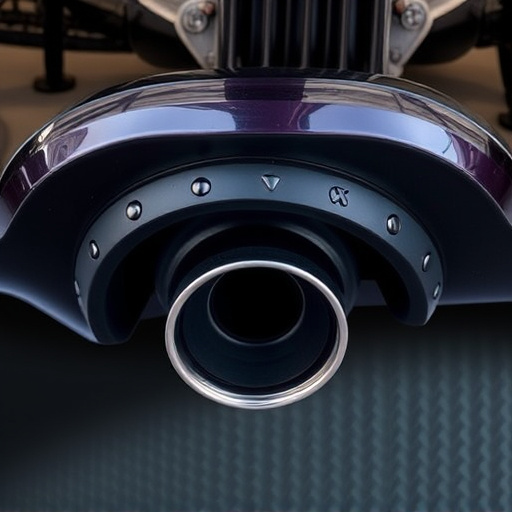
To install a cold air intake filter like a pro, follow this step-by-step guide for optimal performance. Start by locating your engine’s air intake box, typically found under the hood near the firewall. Next, disconnect the battery to avoid any electrical interference during installation. Remove the existing air filter and clean or replace any contaminated components leading to the filter housing. Once prepared, carefully lower in the new cold air intake filter, ensuring proper alignment with the housing. Secure it firmly using the provided clamps or brackets, tightening them in a star pattern for even pressure.
After securing the filter, reattach any plastic or metal covers that protect the intake from debris. Double-check all connections to ensure no leaks and that everything is tightly fastened. Remember, a properly installed cold air intake filter can significantly enhance your vehicle’s performance, boosting power and fuel efficiency. Just like upgrading your exhaust mufflers or cat-back exhaust systems, it’s an essential modification for those seeking to maximise their car’s potential.
Post-Installation Checks: Ensuring a Seamless Upgrade
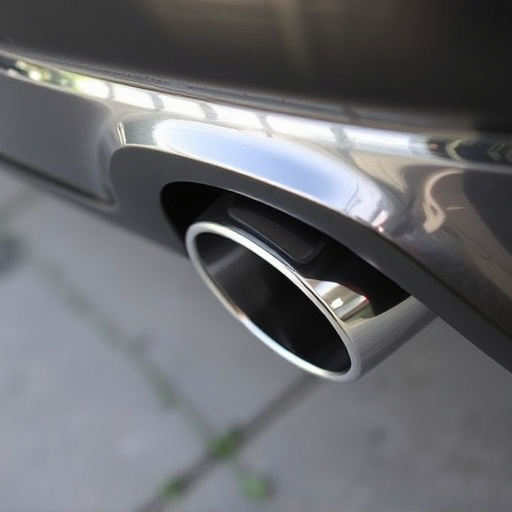
After installing a cold air intake filter, it’s crucial to perform a series of checks to ensure optimal performance and seamless integration. Begin by verifying that all components are securely fastened and properly aligned. Check for any leaks at the connections, as even tiny gaps can negate the benefits of the upgrade. Next, examine the filter itself; make sure it’s clean and free from debris, ensuring maximum airflow.
Additionally, test the vehicle’s performance by taking it for a drive under various conditions. Pay attention to acceleration, engine response, and overall driving dynamics. A well-installed cold air intake filter should enhance vehicle performance, providing better torque and fuel efficiency. Compare these observations with your vehicle’s performance before the upgrade, ensuring that the new cold air intake filter is functioning as intended.
Upgrading your vehicle with a cold air intake (CAI) filter is an accessible and effective way to enhance performance. By understanding the components and benefits of this simple modification, you can confidently follow our step-by-step installation guide for optimal results. Remember, a CAI filter not only improves engine power but also ensures cleaner air, making it an essential accessory for any car enthusiast. After installation, perform post-check procedures to guarantee a seamless upgrade that delivers maximum performance and peace of mind.
